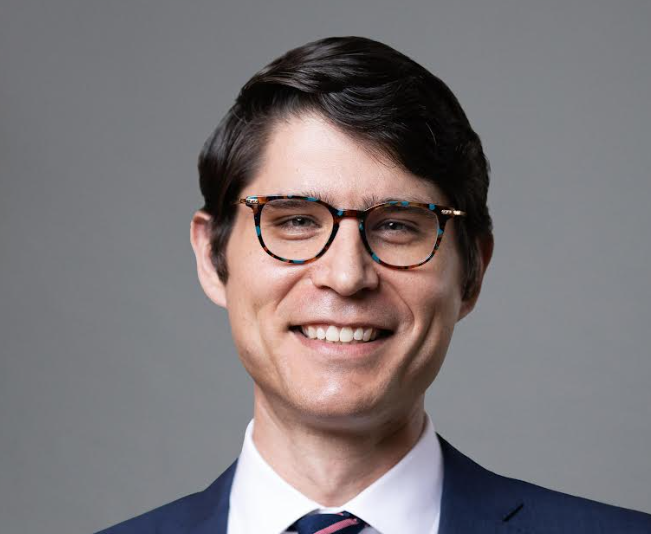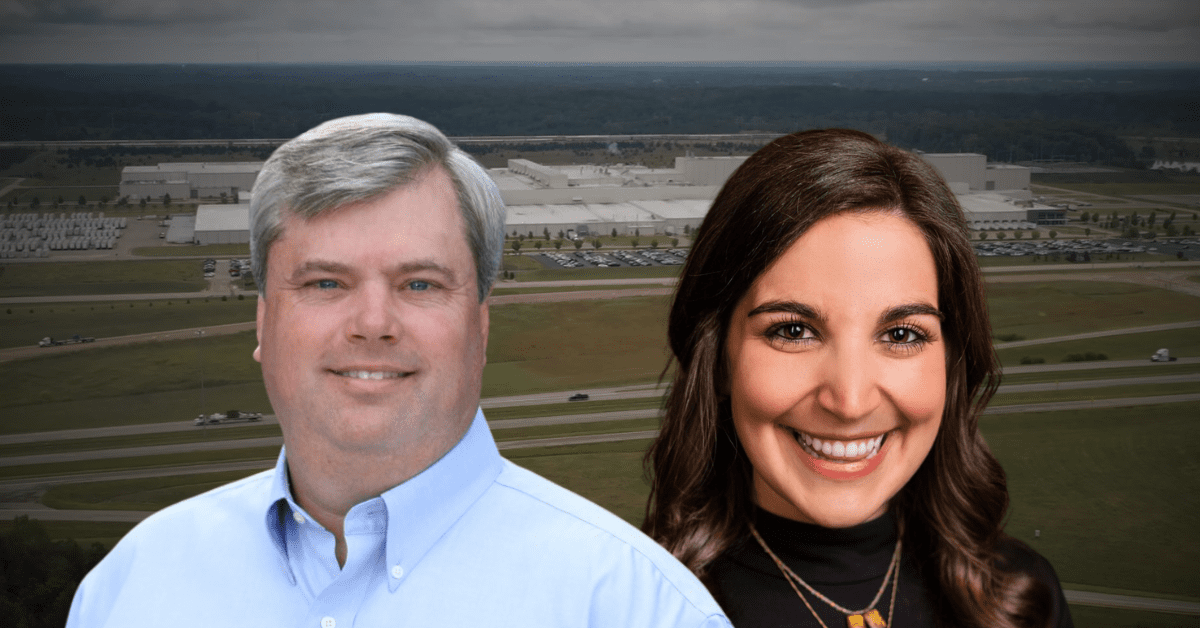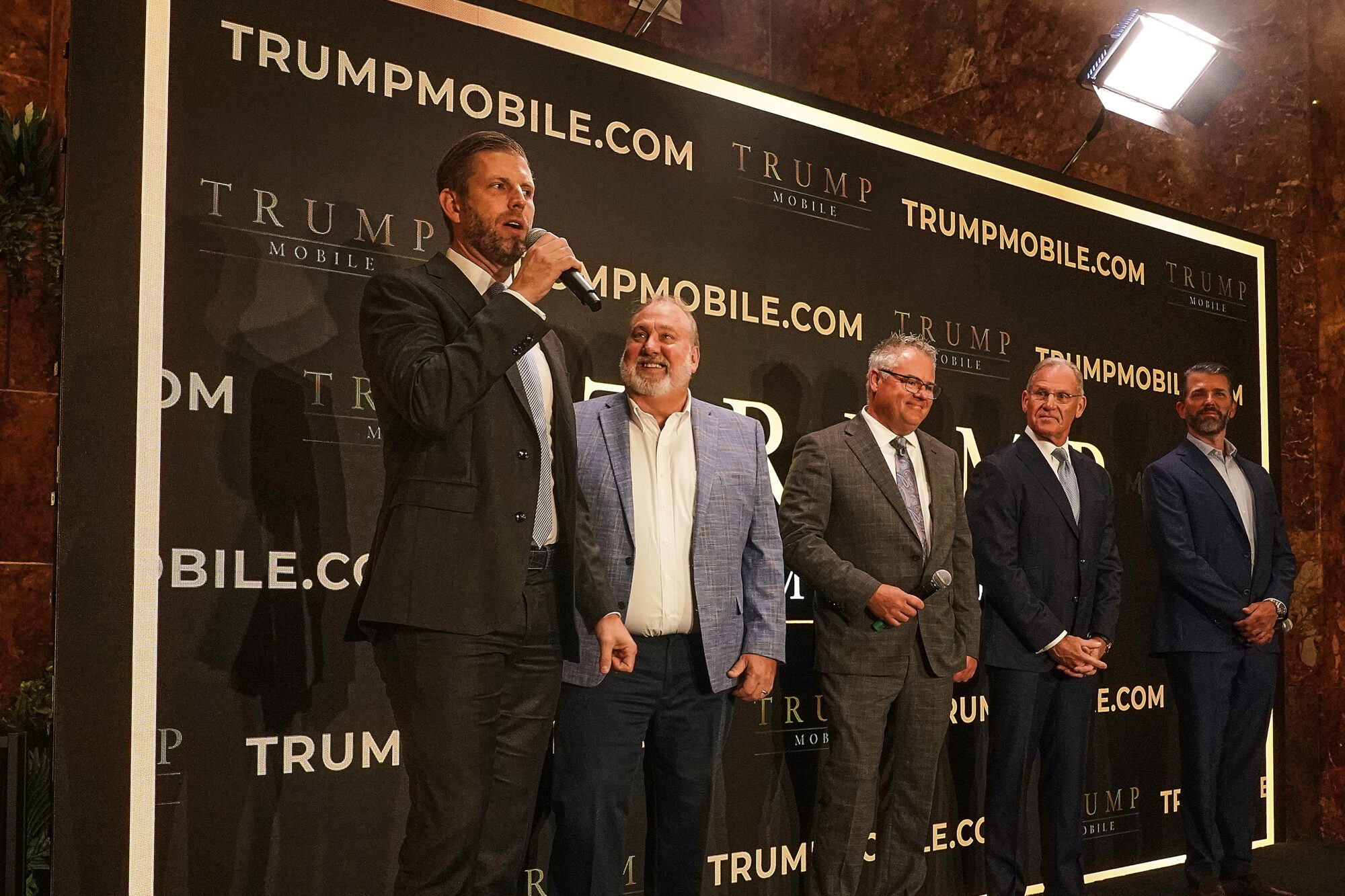
Business columnist Phil Hardwick writes that businesses need to do open-minded long-term planning that monitors the trends and forecasts the futurists are talking about.
“The best way to predict the future is to create it.“
That quote, or many like it, has been attributed to quite a few people. It doesn’t matter who originated it; the idea is what’s important. And the idea is that you can control your destiny. If that’s not your cup of tea, another alternative would be to consult a futurist, someone who predicts or forecasts things that will happen in the long term.
Let’s begin back in the mid-1980s. The hottest business book on the market was John Naisbitt’s Megatrends: Ten New Directions Transforming Our Lives. It stayed on the New York Times best-seller list for two years, mostly in the No. 1 spot, selling 14 million copies in 57 countries. His predicted trends:
1. Transformation from an Industrial Society to an Information Society
2. Forced technology to high tech/high touch
3. U.S. national economy to world economy
4. Short-term to long term
5. Centralization to decentralization
6. Institutional help to self-help
7. Representative democracy to participatory democracy
8. Hierarchies to networking
9. Northern U.S.A. to Southern U.S.A.
10. Either/or to multiple choice
At the time, the Millsaps College Else School of Management hosted a day-long conference entitled “The Future of Jackson.” John Naisbitt himself was the invited speaker, but his fee was so expensive that the school had to decline. However, for something more affordable he sent his top researcher to discuss emerging trends, nationally and locally.
At the time, the “Bold New City” of Jackson was doing rather well. Metrocenter Mall, with over one million square feet, was the premiere shopping destination. Arts and culture were in full swing. The USA International Ballet Competition had recently selected Jackson as its U.S. venue. The population of the city of Jackson was over 200,000.
After local experts presented their opinions on the future of the capital city, the researcher from Naisbitt’s organization gave her presentation. Opening with a preview of national trends, she then localized her prediction. She said that after researching area and national trend data the future of Jackson was a low-income inner city surrounded by affluent suburbs.
Ouch. Of course, the rest is history.
I recently had the opportunity to attend an event where futurist Amy Webb participated in a fireside chat-type interview. She is CEO of the Future Today Institute (500 employees) and Professor of Strategic Foresight, at NYU Stern School of Business. She says we must be flexible in our outlook and plan for alternative future scenarios. A quantitative forecaster, she shared her thoughts on coming trends, especially those related to AI (Artificial Intelligence). In general, she says, we’re becoming more short-termist, partly because accelerating technological progress means we can’t gage how the future will look. Technology advancements have the potential to solve big environmental and health problems, she says, if people deploy them properly.
Readers who are interested in this subject are invited to check out her presentations on YouTube. She is in much demand as a speaker and was a presenter at this past year’s World Economic Forum in Davos, Switzerland. One of her recent books, The Big Nine, offers a warning about the power of big tech companies to warp humanity.
She pointed out that generative AI has been around a long time but has a long way to go. She gave an interesting example. She asked one of the AI programs to show images of the CEO of a large company. Images of four older white males was the result. She then asked for images of the CEO of a mid-sized company. Again, four white males, only this time two of them were bald. Next, she asked for images of the CEO of a start-up company. Four more white males, only this time were younger and wore glasses. Her point was that AI compiled images from existing data. She then said she asked the program to show images of a CEO in the city (metro area) that has the most females. That city is Jackson, Mississippi. What came back was four males, two of whom were Black.
Faith Popcorn is one of the most well-known futurists. The New York Times has called her “The Trend Oracle,” Fortune Magazine named her “The Nostradamus of Marketing,” and she is recognized globally as the original and foremost futurist. Her predictions have a documented 95% accuracy rate. In 2018, she issued these predictions:
1. Gender separation in the workforce.
2. Fewer doctor visits.
3. Anxiety will be our number one health threat.
4. Stricter environmental monitoring.
5. Emo-Surveillance. Mining our moods will become big business.
Popcorn’s firm says these predictions won’t reach the mainstream for at least 15-20 years, but signs will begin emerging this year, so stay tuned.
Another futurist that bears mentioning is Joel Barker. I have used his video, “The Business of Paradigms,” in many of my strategic planning sessions. He pointed out that a paradigm is a model or rule for doing things. But what if the rule changes? His message in that video is a question: “What do I believe is impossible to do in my field, but, if it could be done, would fundamentally change my business? Paradigm shifts are profound changes in a business, industry, or way of doing things. Businesses that are not ready for these shifts can wither and die.
My takeaway from all this is that businesses need to do detailed planning for the next quarter, strategic planning for the next year, and open-minded long-term planning that monitors the trends and forecasts the futurists are talking about.











